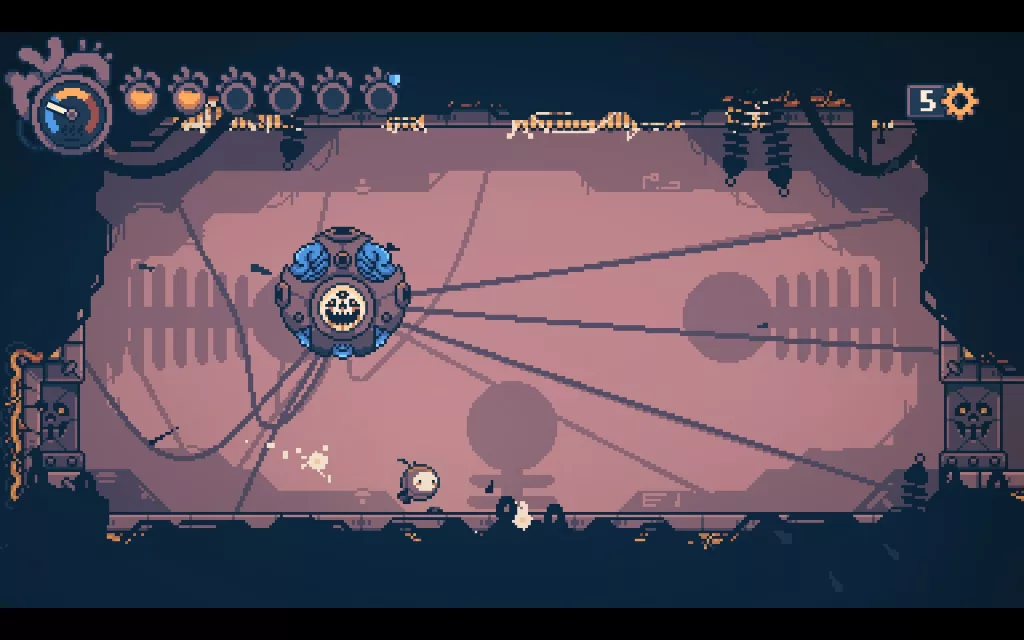In my downtime between exploring the temples and markets of Xi’an, I’ve been continuing my way through Haiku, the Robot. The game’s influences are becoming more obvious as I near the end, but it doesn’t change how fun it is to play. It’s a great modern implementation of the kind of game I loved on 16-bit consoles.
I love playing Metroidvanias. They get their name from the Metroid series, originally released for the NES (a.k.a. Famicom). I spent a long time in my childhood playing Super Metroid, unlocking all its secrets, and attempting to see Samus take off all her armour at the end.
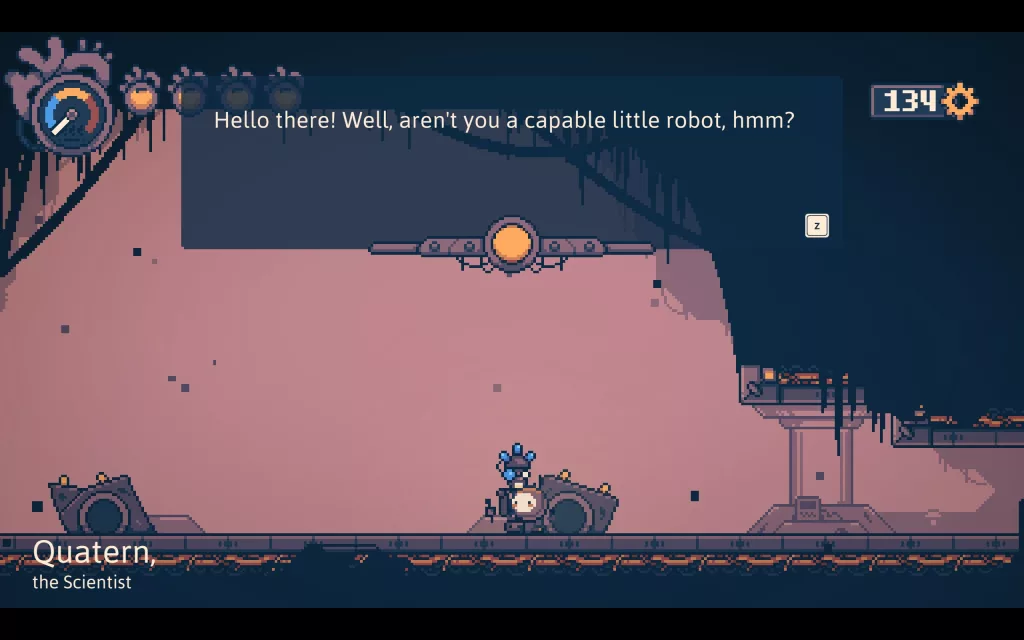
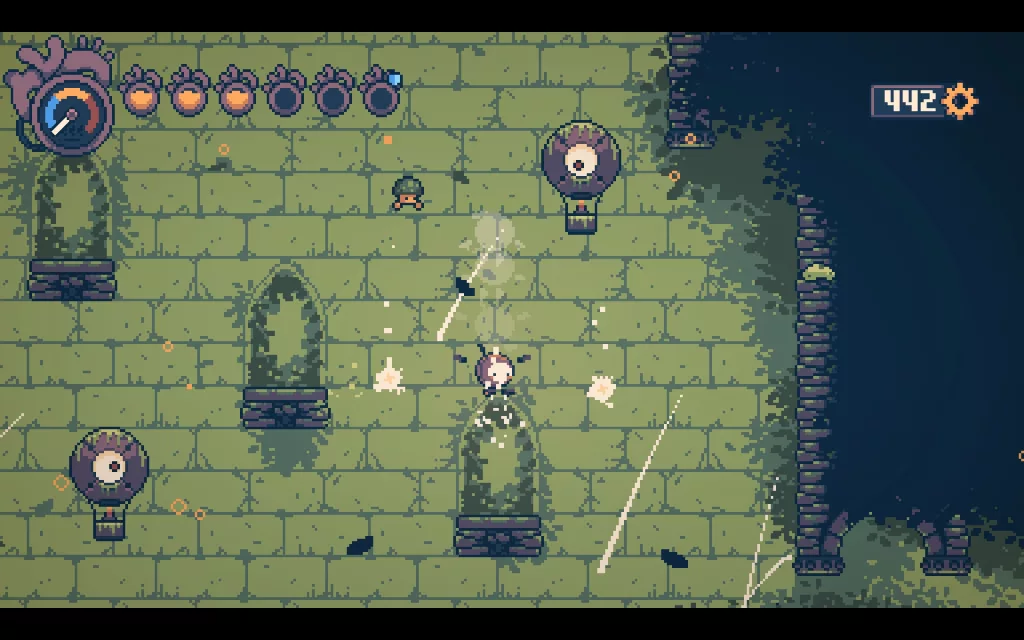
I’ve played a lot of Metroidvanias since, but none has felt as close to playing Super Metroid as Haiku, the Robot has. And that includes other Metroid games. So far I’ve found a ball upgrade for Haiku, allowing the robot to enter smaller tunnels; and a power bomb that can blow away strong walls to give access to new areas. Both are copied straight from the Metroid series.
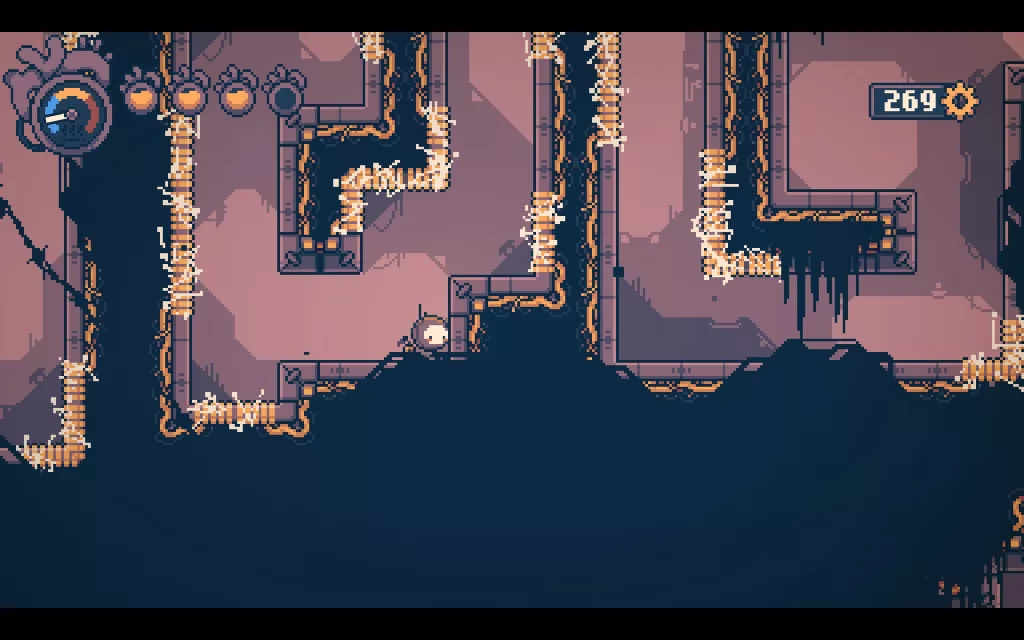
That isn’t to say they work exactly the same. Power bombs (and other abilities) aren’t limited by the number you have, but by how much it heats up the robot’s system. If you are overheating, you cannot use abilities until you cool down. Also, you can upgrade the ball form with a blade so you can saw your way into enemies instead of using your sword.
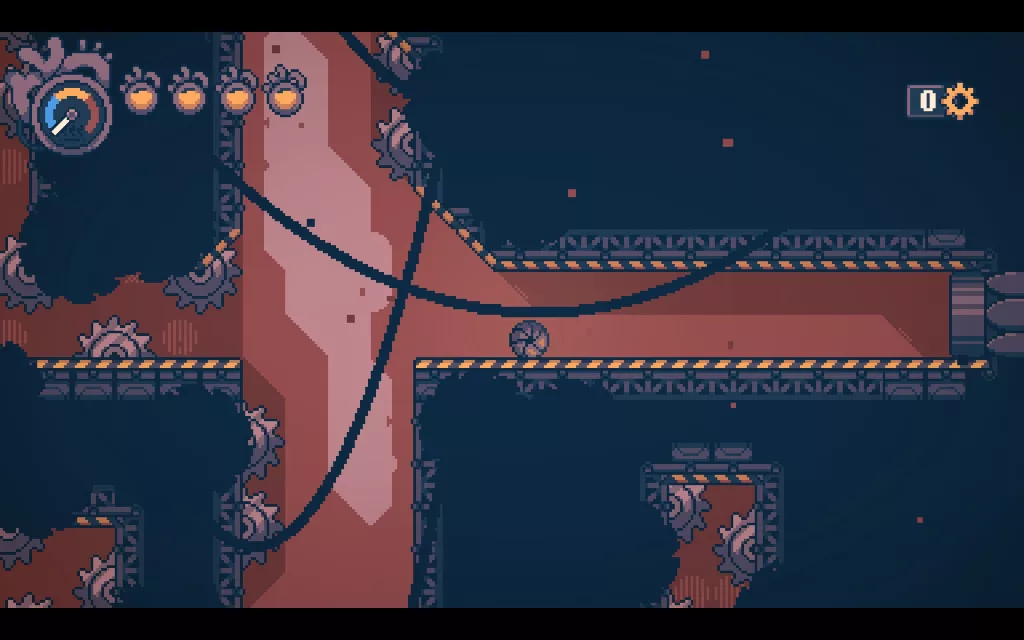
This actually adds an extra challenge to one of the new areas I’m exploring now. This area is literally on fire. Being on fire means that Haiku is constantly overheating, effectively disabling all abilities while in the area. It’s a clever way of introducing extra challenge that makes sense using the already established rules of the game world.
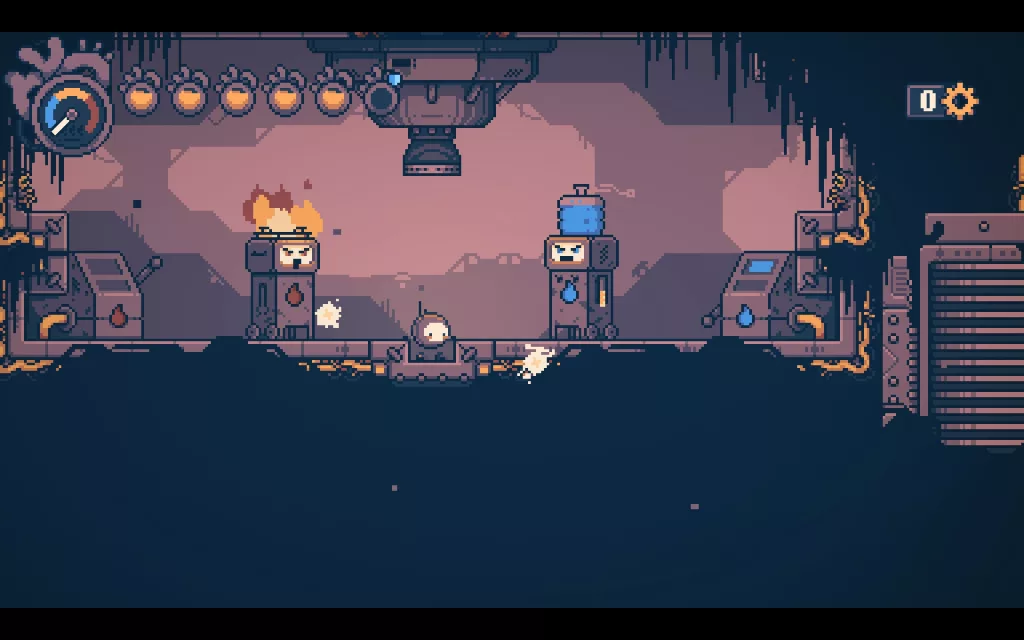
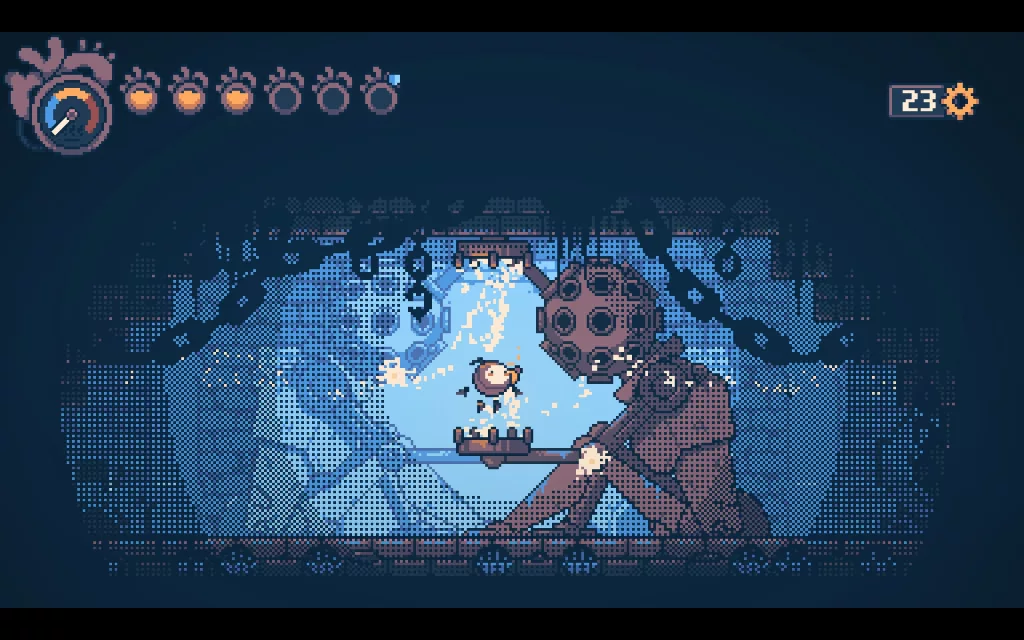
The main thing that feels different in Haiku is the combat. It’s much slower and more precise and generally isn’t as fast paced and exciting as Super Metroid. This isn’t necessarily a bad thing, as it shifts the player’s focus to be more on exploration than action. And when you get down to the nuts and bolts of a Metroidvania it’s all about exploring and finding hidden secrets.
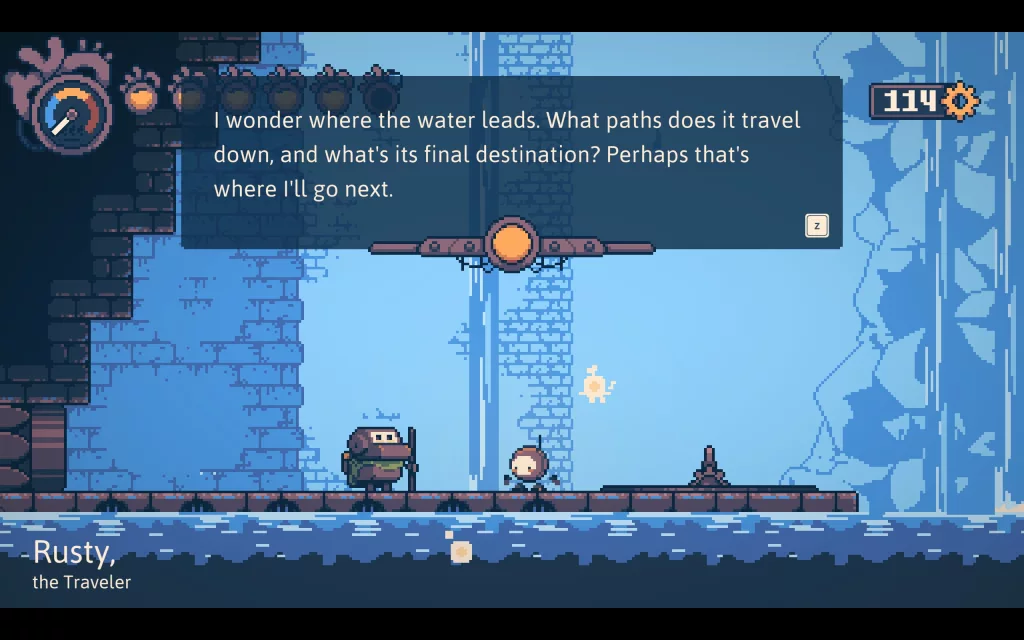
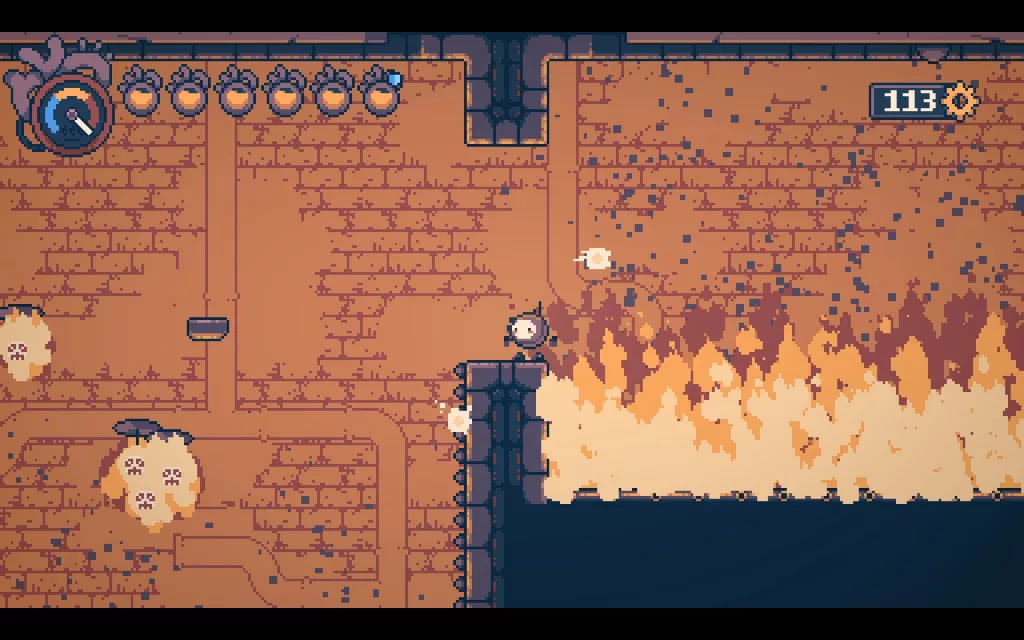
Where I think it pales in comparison to Super Metroid is in the boss fights. In Super Metroid you would fight these giant, terrifying alien monsters that seemed overwhelming. Every time you encountered one you knew you were in for a bad time. Here, while well thought out and challenging, the bosses lack that epic feeling. They don’t terrify, they merely challenge. After learning their attack patterns they can usually be defeated fairly easily.
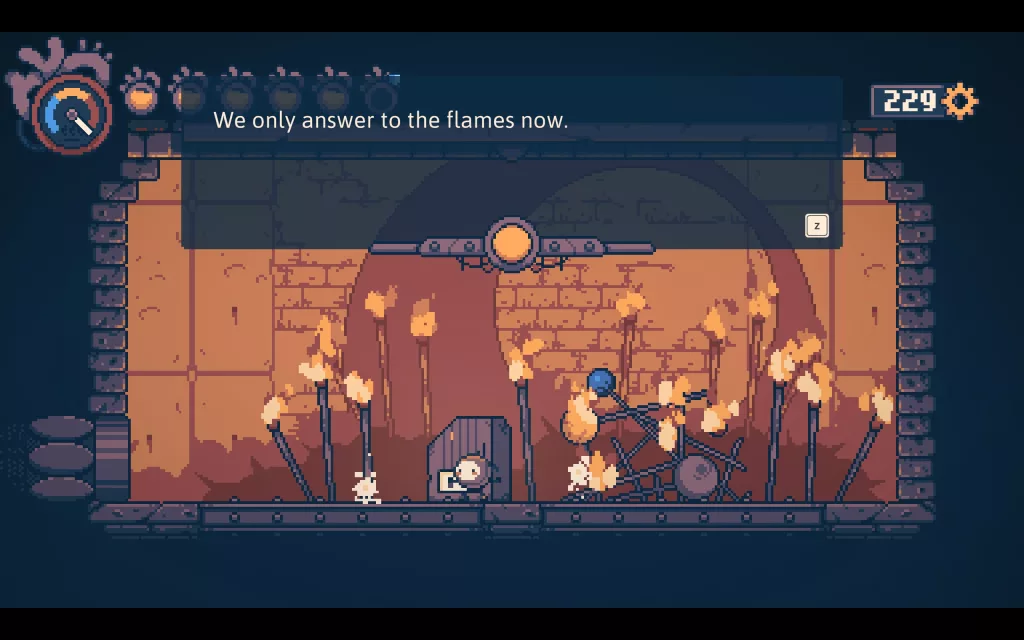
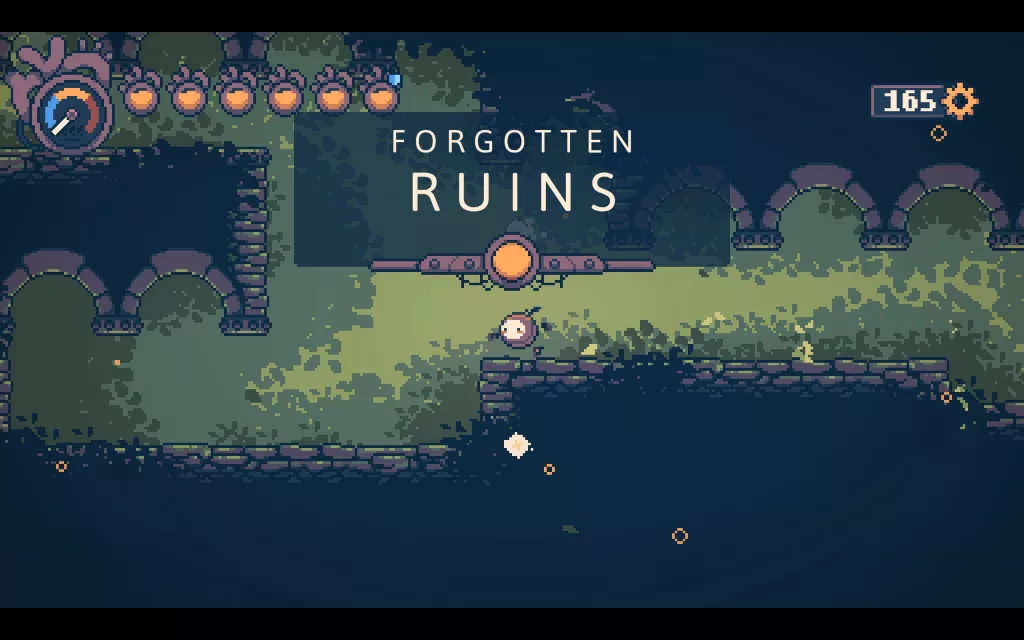
I don’t want to criticise the developers for this aspect too much, since they’re probably going for a different tone with the bosses here. And I’ve not actually found and defeated all of the bosses yet, so it’s a bit unfair to judge them on something I haven’t played. I’m still having fun, and I still want to finish this game, so it must be doing something right, after all.
